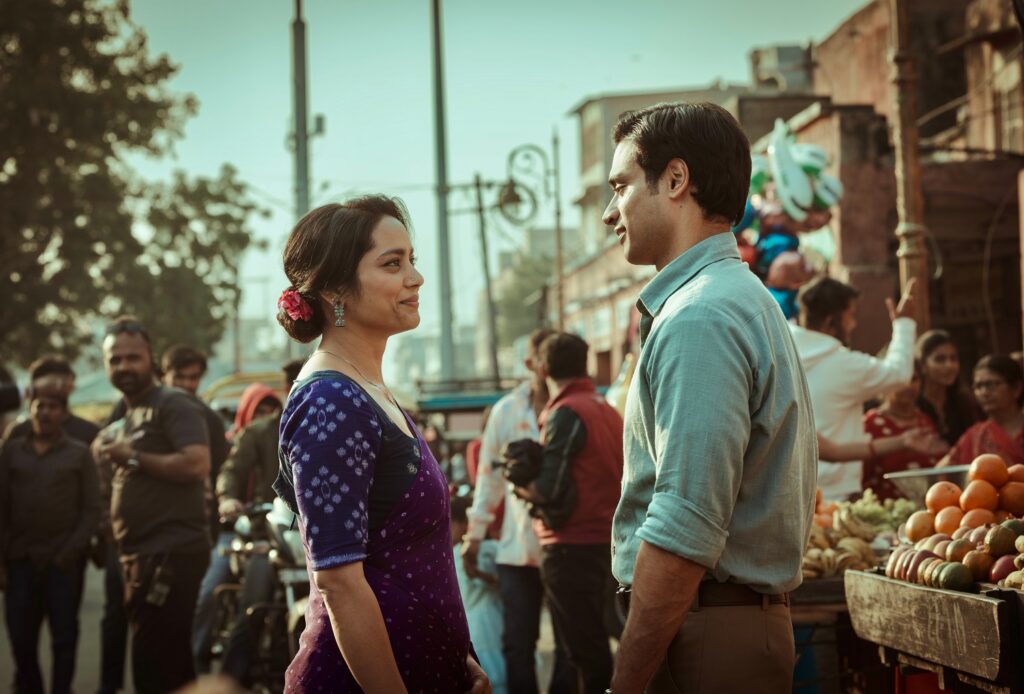SBS today issued the 2025-2028 Commissioning Inclusion Guidelines, setting a higher benchmark for on- and off-screen representation of culturally and linguistically diverse communities of people with disabilities and non-Europeans.
The broadcaster first set fairness and comprehensive goals between 2021 and 2024. As these goals have been achieved, the updated guidelines continue to focus on key groups.
“At SBS, we are central to who we are as an organization, supporting the way we commission and create content,” said SBS director at TV’s Kathryn Fink.
“Our previous guidelines set new benchmarks for representatives in our sector, and the new commissioning inclusion guidelines for 2025-2028 continue to support our ambitions and the unique purpose of SBS as a network.
“We believe that an industry with no barriers to hearing is essential to fostering the continued success of Australian storytelling, both at home and worldwide. By investing in the depth and wide range of talent in Australia, we are driving meaningful and long-term industry change.
This time, the broadcaster raised the representative target for people with disabilities to 8-13%, with the previous target being 5-10%. However, this is still below the population benchmark, especially at 21.4%.
Regarding this discrepancy, a spokesman for SBS told whether the targets were increased following previous guidelines, a broader industry analysis and consultations with key stakeholders.
“Our goals are a step further and outweigh our broader industry representatives, but we know that there is still more work to do. We are committed to taking steps to continue improving and acknowledging the long-term investments needed as a sector to achieve representation in population parity,” the spokesman said.
The broadcasting station has also introduced new sub-targets for representing non-European culturally and linguistically diverse people (consistent with the population benchmark of 24-26%, 25%).
The goals of First Nations people, CALD, LGBTQ+, and women are based in line with the Australian population.
SBS target.
These goals apply to all SBS mandate programs with a crew of more than 15 people, including internal works, except for news, current affairs and sports. The NITV program is also exempted, given the unique nature of its Indigenous slate.
As part of the contractual deliverable, the production company is expected to provide an inclusion plan, register everyone with the project, and complete an inclusion report at the end of production.
For non-scripted programs, producers must aim for gender equity in both on-screen and off-screen roles. Additionally, 30% of on-screen and off-screen roles should come from people who identify as culturally and linguistically diverse Indigenous people, culturally and linguistically diverse, and five other groups that designate people with disabilities and LGBTQ+.
When scripted, the main character must include at least two people who identify as Indigenous, non-European Cald, or persons with disabilities. The wider cast should have 30% of people in the other five target groups to achieve gender equality.
Also, producers must practice open casting of characters not written as Anglo-Selic and show their best efforts to cast extras from six target groups.
The off-screen targeting of scripted content depends on whether the show focuses on a particular underrated community.
If so, the writing team is expected to be 50% female and feature two people from the community. Additionally, directors and producers need gender equity and at least one other important creative from the community.
For projects that do not focus on a particular community, gender equality still applies. The writing team must include at least two people from five designated groups, and at least one producer or director must also come from one of those groups.
From the production team’s perspective, the objective is aimed at HODs from one of the designated groups as gender equality.
Career advancements also form part of the guidelines, with SB encouraging producers to hire practitioners who have completed industry programs such as attachments and internships, such as moving into paid production roles with a higher level of seniority. The station complements this by providing access to mentoring meetings with commissioning editors.
SBS says it can support producers by providing training on how to create a comprehensive environment in production, showcasing the underrated creatives they have produced by working on SBS productions, and raising co-finances for the crew.
The broadcaster says the guidelines have been informed by industry involvement and consultations, as well as previous performance and analysis of population and industry data.
Read the complete guidelines here.

